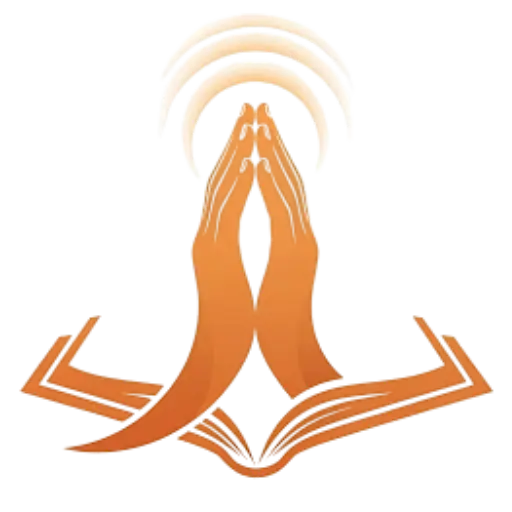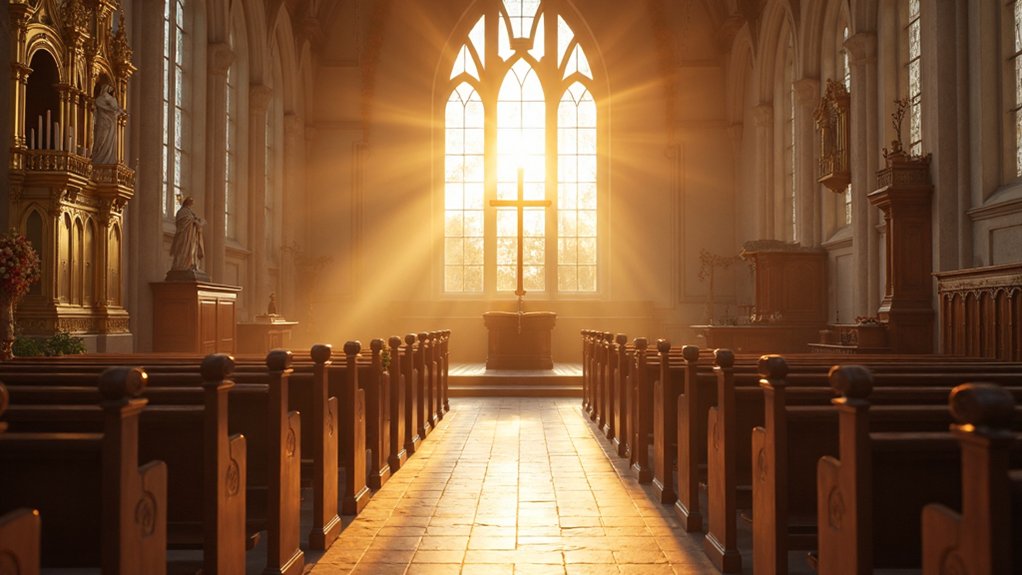
Did you know how old is Hinduism?
Fascinating insights into the age of Hinduism reveal its profound depth; discover the surprising truths that redefine this ancient faith's significance.

If you’ve ever wondered why Catholics and Protestants worship differently, you’re not alone. The differences between Catholics and Protestants lies in their beliefs, practices, and history. Understanding the difference between them means exploring their distinct leadership, rituals, and views of authority that shape their worship today.

The origins of Catholicism trace back to the early Christian movement within the Roman Empire. Early believers quickly developed a shared “Catholic” (universal) faith based on the Apostles’ Creed and common worship practices.
Catholicism began to take shape as bishops worked to safeguard doctrine, Latin influenced liturgy, and church councils defined orthodox beliefs. These foundations established the church’s sacramental life and authority structures.
The Protestant Reformation marked a major change in Western Christianity during the sixteenth century. Central to this movement was Martin Luther, a German monk who challenged church corruption and questioned the sale of indulgences.
Martin Luther’s 95 Theses emphasized the importance of Scripture and justification by faith, sparking widespread debate. The Protestant Reformation spread quickly thanks to the printing press, allowing reformers to share their ideas far and wide. As a result, new Protestant churches emerged, focusing on the Bible, preaching, and accessible worship, while rejecting centralized church authority and traditional sacramental practices.
Luther’s challenge to the Church didn’t happen in isolation; it was part of a long history of key historical events shaping both Catholicism and Protestantism. These important moments include the early councils that defined Christian creeds, the 1054 East–West Schism, and the rise of medieval papal authority.
Over time, abuses within the Church fueled the call for reform, leading to Luther’s famous 1517 theses. The invention of the printing press and the process of confessionalization further spread Protestant ideas.
Later key historical events shaping both Catholicism and Protestantism include the Council of Trent, the establishment of state churches, Enlightenment critiques, the Vatican I and II councils, and the rise of modern ecumenism.
When exploring church structure and leadership, you’ll find that Catholics focus authority on the papacy, with the pope recognized as Peter’s successor and the Church’s visible head.
In contrast, Protestant church structure and leadership vary widely, including episcopal systems led by bishops, presbyterian models governed by elders, and congregational approaches that emphasize local autonomy. Understanding church structure and leadership is essential for grasping how decisions, doctrine, and unity operate within different Christian traditions.
This knowledge of church structure and leadership deepens your appreciation of each faith community’s unique organization and spiritual guidance.
When it comes to the role of the pope, Catholics and Protestants have very different views on religious leadership.
In Catholicism, the pope is recognized as the successor of Peter and serves as a visible sign of unity for the Church. The pope appoints bishops, convenes councils, and holds supreme teaching authority. Importantly, papal infallibility applies only when the pope defines doctrine ex cathedra. On the other hand, Protestants don’t accept the pope’s jurisdiction or infallibility. Instead, they base their authority on Scripture and rely on local or regional leadership.
Protestant church governance models play a crucial role in shaping how churches lead, make decisions, and exercise authority. There are three main Protestant church governance models you should know. First, the episcopal model, common in Anglican and Methodist churches, features bishops who oversee dioceses.
Second, the presbyterian model, used by Reformed churches, relies on elected elders who govern through local sessions and regional presbyteries. Third, the congregational model, found in Baptist and many Evangelical churches, allows each congregation to govern itself by calling pastors and voting on key issues like doctrine and membership.
By now, you can understand how history, authority, and worship shape Catholic and Protestant identities. These key differences between Catholics and Protestants have roots from the early church to the Reformation. You’ve also seen how the pope’s role compares to Scripture’s primacy and how sacramental life contrasts with faith-centered practices. When exploring churches or reading Scripture, these differences between Catholics and Protestants become clear in prayer, leadership, and community life. Use this understanding of the differences between Catholics and Protestants to ask better questions, engage respectfully, and deepen your faith journey within Christianity’s rich diversity.

Fascinating insights into the age of Hinduism reveal its profound depth; discover the surprising truths that redefine this ancient faith's significance.

Fasting during Ramadan fosters spiritual growth and community, but what deeper meanings and traditions lie beneath this sacred month? Discover the essence of Ramadan.

Buddhism's ancient roots in India reveal profound truths about suffering, but what led to its remarkable spread across cultures and time? Discover the journey.

Keen to understand the contrasting beliefs of Hinduism and Buddhism? Discover how their unique paths influence millions today.

In exploring the Four Noble Truths, you'll discover insights that could reshape your life, but how can these teachings truly transform your everyday challenges?

The origins of Hindu beliefs are complex and multifaceted; discover how influential figures like Vyasa and Patanjali shaped this rich tradition.